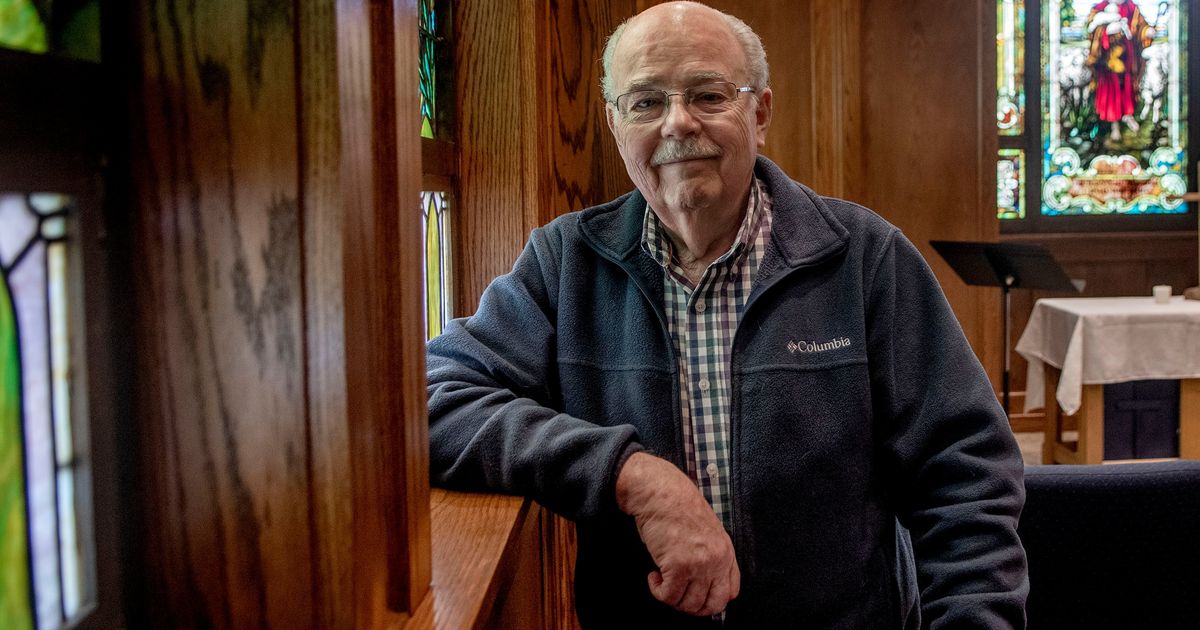Faith and Values: A Bias Called Compassion

She didn’t say a word until our group discussion was over. A small group of Christians and non-Christians gathered in Spokane to discuss some of the implications of one of my recent columns in Faith and Values, “Indifference Makes a Difference.”
Andrea (not her real name) eventually spoke about the toxic bias against her faith tradition that made it difficult for her to talk to people outside her tradition. But it was clear that she was morally courageous and longed for a safe place to share at least a hint of her torment. For those moments, that grace space seemed to exist for her.
Then our meeting was over. Andrea left. My wife and I left shortly after. As we came to a traffic light near the highway, we saw another woman with a handwritten sign asking for help.
We also saw Andrea! She approached the other woman and asked if she could help. The cars behind us made it difficult for us to do anything other than continue onto the highway.
But my heart keeps drawing me back to Andrea’s effort to make a small difference in that other woman’s life. I will probably never know what happened in that encounter. But I will remember Andrea’s compassionate efforts. Her bias called compassion made a difference – in me, if not in the other woman.
In that moment, Andrea embodied the mid-14th century French word “compassioun”: “one suffering with another.” The toxic prejudices of others pained her deeply. But that didn’t stop her from extending the gracious bias of her faith to those in need of love.
Yes, there are at least two types of prejudice in our culture, our world. “Prejudice” means much more than “bad attitude.”
Years ago, I learned about “bias cutting” from my quilting wife. When she prepares material for sewing, she often cuts the fabric “on the bias.”
Bias cut fabric simply means that it is cut across the grain. This not only gives certain patterned fabrics a different look, but also makes the fabric more flexible. Example: Often the binding on the edge of a quilt is cut on the bias so that it fits around corners more easily.
Consider how compassion can go “against the grain.” Jesus told his listeners in Luke 6:36 to “be compassionate, just as your Father is compassionate” (CEB). But first, in verse 35, he says, “Love your enemies…”
Jesus’ compassion often went “against the grain,” as in the story of the Good Samaritan. The despised Samaritan is actually the neighbor who showed extraordinary compassion.
Too often we express compassion “with the grain” (the easiest way). We make sure everything goes smoothly by doing what is expected of us. We may even reject compassion in favor of the tendency to have a “bad attitude” that we too easily adopt.
It’s easier to prejudge others before we understand who they really are. It’s much easier not to suffer with another person when we have no idea who they are or why that person might be suffering.
I know little about who Andrea is—or how her non-Christian faith tradition has made her cautious. But I sense that somewhere she learned what we Christians must learn from Jesus every day: to overcome the bias of our negative, invasive cultural prejudices and recognize someone who is suffering in some way.
We may think of this person as an enemy or “other.” Our learned response is to let this bias dictate our reactions toward him or her. Andrea reminds us to go against the grain… and show compassion.
Reverend Paul Graves, a Sandpoint resident and retired United Methodist minister, can be contacted at [email protected].



